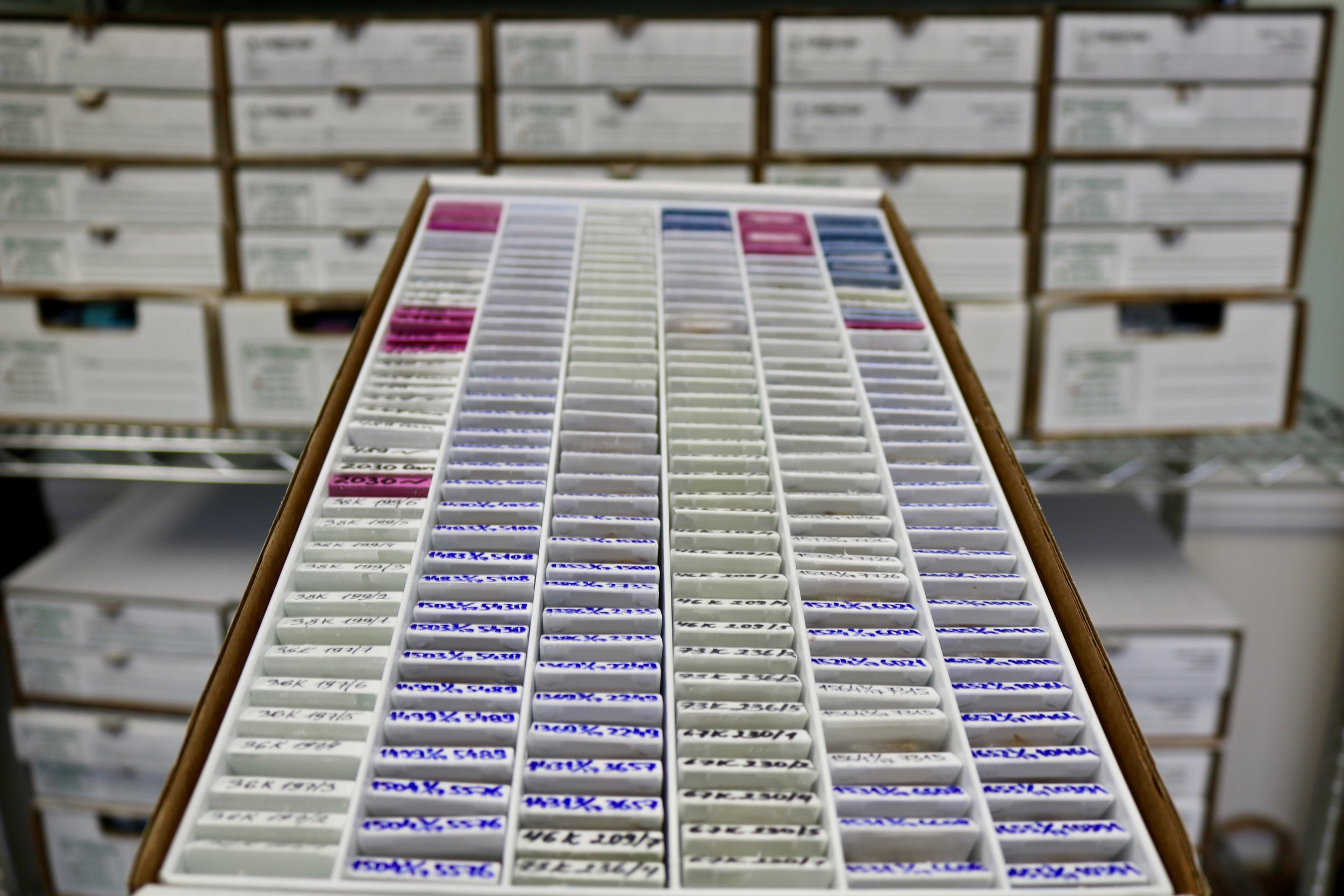A biobank is the centralized source of high-quality human biological specimens. Biobanks are often called biorepositories, however, there exists a fine distinction between the two. A biorepository involves the collection of plants, animals, and other non-human samples; whereas a biobank mainly stores biological samples obtained from humans.
Biobanking is the process of collecting, storing, and distributing human biological samples and related data for clinical research purposes. You can also look for human tissue samples via www.geneticistinc.com/.

The Two Main Components of Biobanking are:
1. Biological material handling: It includes biospecimen collection, storage, and distribution.
2. Database management system: It consists of donor-related information such as informed consent, medical history, lifestyle data, and demographic information.
Biobanking Operations
Biobanking mainly involves the following four standard operations:
Collection: It is the preliminary step wherein the biological samples are collected and another sample related information such as collection date and time, origin, quantity, etc.
Processing: It ensures both preservation of sample properties and the integrity of the associated clinical or genetic data. An example is the Tetrazolium salt test to check cell viability in the skin graft collected from a cadaver. The quality and consistency of biospecimen sampling and processing determine the reliability of molecular and clinical data deciphered from the sample.
Storage: After the biospecimens are collected and processed, they are stored in an environment that keeps their integrity and quality maintained. For eg: cryopreservation of tissue samples in liquid nitrogen at -196 degrees Celsius.
Distribution: A biobank typically makes available samples it collects or large collections for cancer or cohort research.
